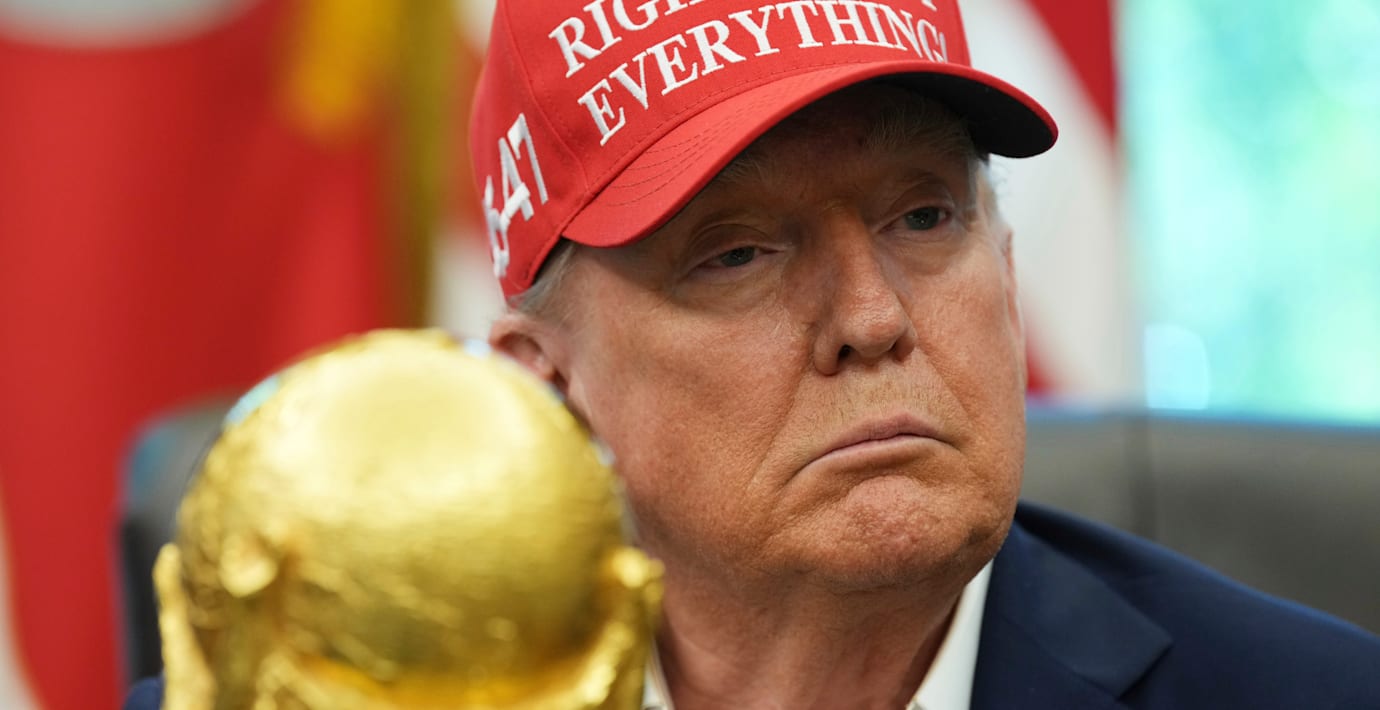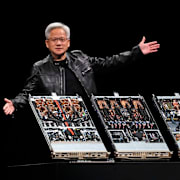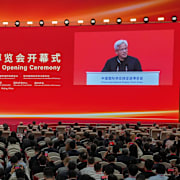
USA:s historiska köp i Intel ifrågasätts av jurister
Intel har gått med på att sälja 10 procent av bolaget till den amerikanska staten, motsvarande 8,9 miljarder dollar. President Donald Trump kallar uppgörelsen ”historisk” och den beskrivs som en av de största statliga interventionerna i ett amerikanskt företag sedan bilindustrins räddningspaket efter finanskrisen 2008.
Jurister varnar dock för att avtalet kan stöta på legala hinder, rapporterar The New York Times. Skälet är att den så kallade CHIPS-lagen inte tydligt tillåter att statliga bidrag omvandlas till ägarandelar.
Trump har tidigare kritiserat lagen, kallat den för en ”fruktansvärd, fruktansvärd sak” och uppmanat talmannen Mike Johnson att ”göra sig av med den”, konstaterar Techcrunch.
bakgrund
CHIPS and Science Act
Wikipedia (en)
The CHIPS and Science Act is a U.S. federal statute enacted by the 117th United States Congress and signed into law by President Joe Biden on August 9, 2022. The act authorizes roughly $280 billion in new funding to boost domestic research and manufacturing of semiconductors in the United States, for which it appropriates $52.7 billion.
The act includes $39 billion in subsidies for chip manufacturing on U.S. soil along with 25% investment tax credits for costs of manufacturing equipment, and $13 billion for semiconductor research and workforce training, with the dual aim of strengthening American supply chain resilience and countering China. It also invests $174 billion in the overall ecosystem of public sector research in science and technology, advancing human spaceflight, quantum computing, materials science, biotechnology, experimental physics, research security, social and ethical considerations, workforce development and diversity, equity, and inclusion efforts at NASA, NSF, DOE, EDA, and NIST.
The act does not have an official short title as a whole but is divided into three divisions with their own short titles: Division A is the CHIPS Act of 2022 (where CHIPS stands for the former "Creating Helpful Incentives to Produce Semiconductors" for America Act); Division B is the Research and Development, Competition, and Innovation Act; and Division C is the Supreme Court Security Funding Act of 2022.
By March 2024, analysts estimated that the act incentivized between 25 and 50 separate potential projects, with total projected investments of $160–200 billion and 25,000–45,000 new jobs. However, these projects are faced with delays in receiving grants due to bureaucratic hurdles, shortages of skilled workers, and congressional funding deals that have limited or cut research provisions of the Act by tens of billions of dollars.
Omni är politiskt obundna och oberoende. Vi strävar efter att ge fler perspektiv på nyheterna. Har du frågor eller synpunkter kring vår rapportering? Kontakta redaktionen



